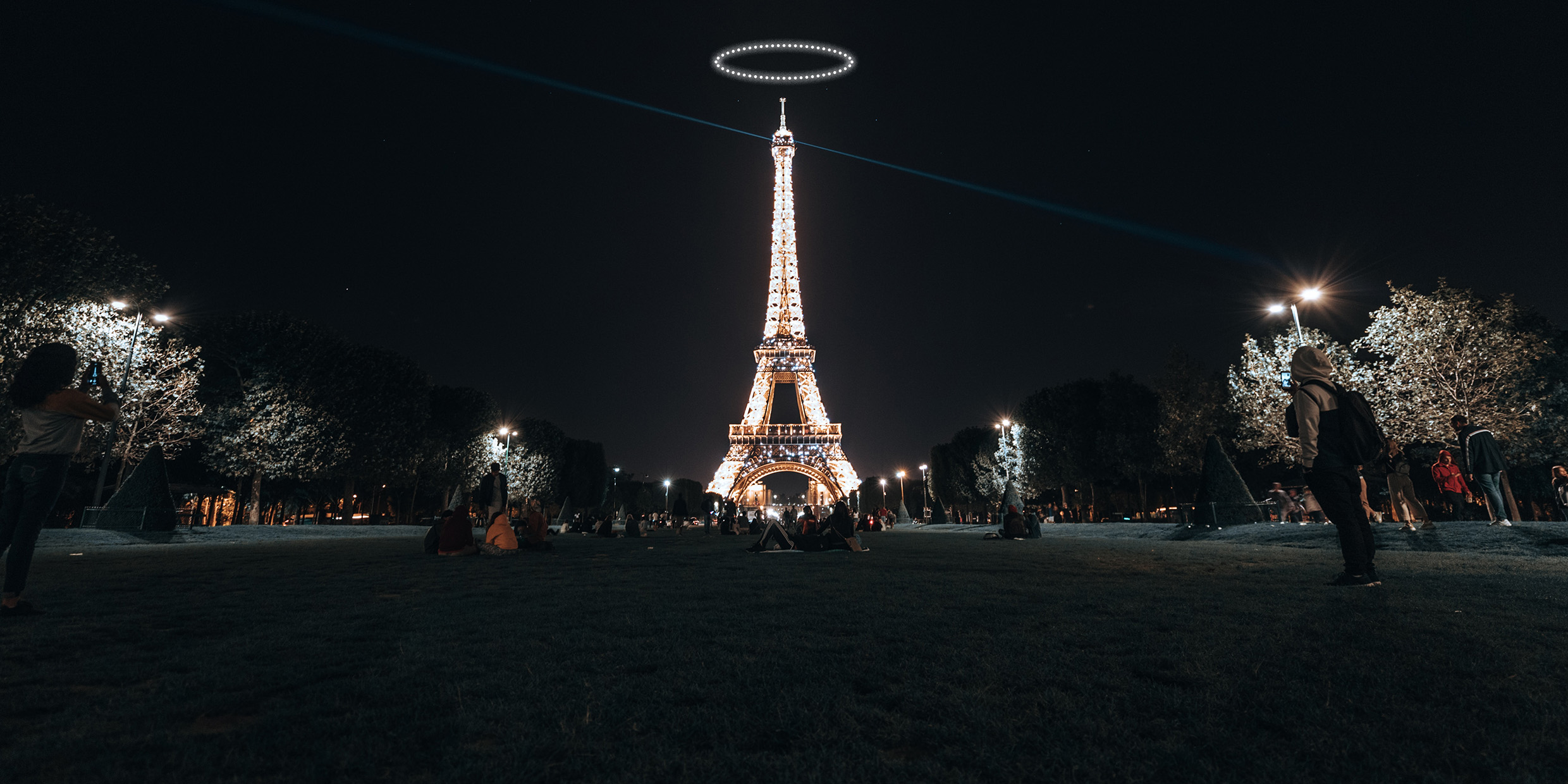Originally published 16 February 1987
From the moment the plan for a thousand-foot-high tower was approved, the naysayers began to carp. Forty-seven writers, architects, and artists penned an indignant manifesto condemning the “black and gigantic factory chimney” that would crush beneath it all of the beauty of Paris. The writer Guy de Maupassant called it “an unavoidable and tormenting nightmare.”
A monstrosity, a waste of money, a useless folly! At the beginning it seemed the tower had few champions other than its designer, Gustave Eiffel, and the committee charged with creating a monument to commemorate the centennial of the French Revolution. But the tower was built. On May 15, 1889, it was opened to the public, on schedule, under budget, supremely impressive and immensely popular. It was the tallest structure in the world and would remain so for 40 years.
In time, the tower won the hearts of all Parisians. Poets praised it. Pissarro, Dufy, Henri Rousseau, Picasso, and Utrillo painted it. An incalculable number of souvenir replicas have been sold to admiring tourists. Eiffel’s much-maligned tower is today the beloved symbol of its city and its nation.
And now the French are looking for a way to commemorate the Eiffel Tower’s 100th anniversary. They have announced the winning entry in a competition to design such a memorial. It is an inflatable ring, 15 miles around, strung with highly reflective, room-sized Mylar balloons, to be placed in orbit 500 miles above the Earth. The ring will orbit the Earth once every 100 minutes, passing periodically over every inhabited place on Earth. It will shine by reflected sunlight and will appear from the nighttime side of the Earth as a circle of light about the size of the moon. It will glow more brightly than the brightest star.
Technology and razzle-dazzle
If iron and steel were the most technologically advanced materials of the late-19th century, then tough, lightweight Mylar is an appropriate material for the Space Age. And what more prominent place to put a monument than in space itself. If all goes according to plan, sometime in late 1989 an Ariane rocket will blast the structure, deflated and folded, into orbit. Once in space, the ring will automatically inflate.
Is the proposed space structure an environmental atrocity? Will it be the frivolous forerunner of a sky full of orbiting corporate logos? If and when the French project gets under way, naysayers will have a field day. Francophobes will fume and astronomers will sizzle. I risk the wrath of friends and colleagues, but let me say I like the idea. Part technological tour de force, part Gallic razzle-dazzle, the space ring is certain to become the most talked-about and looked-at artifact of our century. And, with a little luck, the controversy that will surround the project might spark international agreements on responsible use of space.
There are other good things to say for it. Remarkably, it will cost about the same as the Eiffel Tower, only $1.5 million. It is designed to self-destruct in three years. At that time the ring will be automatically severed by an explosive device, and the reflective balloons will slip off one by one. They will spiral into the Earth’s atmosphere and burn up on re-entry.
Considering the amount of worthless junk and military paraphernalia already in space, a whimsical ring of light that will self-destruct seems not a bad thing. Sure, for a few years it will be a nuisance to astronomers, and it will mess up a good number of their time-exposed photographs. But what’s more important: 5 billion people gazing at a wonderful apparition in the night sky, or the work of a few astronomers photographing distant galaxies?
A light show for the world
Gustave Eiffel was pained that his tower might be considered frivolous. Besides its “soul-inspiring aspects,” he claimed, the tower would have applications to defense and science. But it did little to aid the defense of Paris, and whatever scientific experiments carried out there were soon forgotten. It is the soul-inspiring aspects of the Eiffel Tower that have endured, and it is the soul-inspiring aspects of the French space ring that will justify the project.
The cercle de lumière from the City of Light will be observed by far more people than ever saw the Eiffel Tower. It will be a light show shared by Aussies down under and Lapps in Lapland, by Parisians and Muscovites alike. The space ring is a bit of French bravura that can be enjoyed with égalité and fraternité by all.
The proposed cercle de lumière never got off the drawing board. The 100th anniversary of the Eiffel Tower was celebrated in a slightly less audacious manner. ‑Ed.



